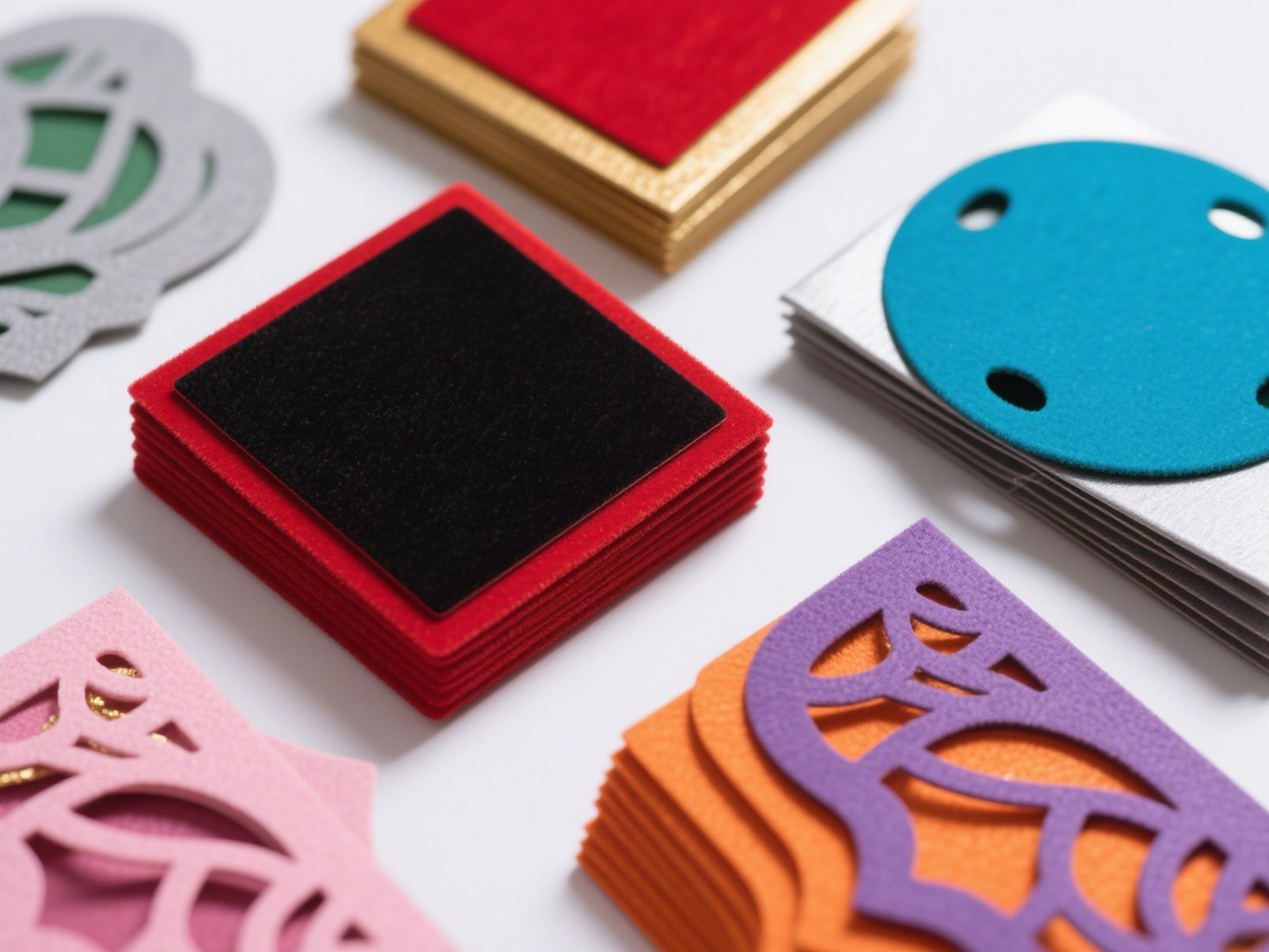When it comes to constructing durable and weather-resistant structures, exterior plywood walls are a popular choice among builders and homeowners alike. However, without proper waterproofing, these walls can succumb to moisture damage, leading to costly repairs and compromised structural integrity. In this article, we will delve into the intricacies of waterproofing exterior plywood walls, providing you with a detailed, step-by-step guide to ensure your project stands the test of time.
Understanding Exterior Plywood
Before we explore waterproofing techniques, it’s essential to understand the characteristics of exterior plywood. Unlike interior plywood, exterior-grade plywood is manufactured with waterproof adhesives and is designed to withstand exposure to moisture. However, this does not make it impervious to water damage. Over time, even the best exterior plywood can absorb moisture, leading to warping, mold growth, and decay.
The Importance of Waterproofing
Waterproofing exterior plywood walls is crucial for several reasons:
- Preventing Structural Damage: Moisture can weaken the adhesive bonds in plywood, leading to delamination and structural failure.
- Mold and Mildew Prevention: Excess moisture creates an ideal environment for mold and mildew, which can pose health risks and lead to further damage.
- Longevity: Proper waterproofing extends the lifespan of your plywood walls, ensuring your investment is protected.
Step-by-Step Waterproofing Process
- Surface Preparation
The first step in waterproofing exterior plywood walls is thorough surface preparation. This involves:
- Cleaning: Remove any dirt, dust, or debris from the surface using a pressure washer or a stiff brush. Ensure that the surface is completely dry before proceeding.
- Sanding: Lightly sand the plywood surface to create a smooth texture that allows for better adhesion of waterproofing products.
- Choosing the Right Waterproofing Product
Selecting the appropriate waterproofing product is critical. Here are some options:
- Waterproofing Sealants: These are typically applied as a liquid and can penetrate the wood fibers, creating a barrier against moisture. Look for products that are specifically designed for exterior use.
- Water-Repellent Preservatives: These products not only provide waterproofing but also protect against fungal decay and insect damage. They are ideal for areas exposed to high moisture.
- Membrane Systems: For areas with extreme weather conditions, consider using a waterproof membrane. These are typically installed over the plywood and provide an additional layer of protection.
- Application Techniques
Once you have chosen your waterproofing product, follow these application techniques:
- Brush or Roller Application: For sealants and preservatives, use a high-quality brush or roller to apply an even coat. Ensure that you cover all edges and corners thoroughly.
- Spray Application: For larger areas, a spray application can provide a uniform coverage. Be sure to wear protective gear and follow the manufacturer’s instructions for distance and technique.
- Multiple Coats: Depending on the product, multiple coats may be necessary. Allow each coat to dry completely before applying the next, as this ensures maximum effectiveness.
- Finishing Touches
After the waterproofing product has dried, consider adding a protective finish:
- Paint or Stain: A high-quality exterior paint or stain can provide an additional layer of protection against UV rays and moisture. Ensure that the paint is compatible with the waterproofing product used.
- Regular Maintenance: Periodically inspect your plywood walls for signs of wear or damage. Reapply waterproofing products as needed to maintain their effectiveness.
Conclusion
Waterproofing exterior plywood walls is a vital step in ensuring the longevity and durability of your structure. By following the steps outlined in this guide, you can effectively protect your investment from the damaging effects of moisture. Remember, the key to successful waterproofing lies in proper preparation, product selection, and application techniques. With the right approach, your exterior plywood walls can withstand the elements and remain a reliable component of your building for years to come.


